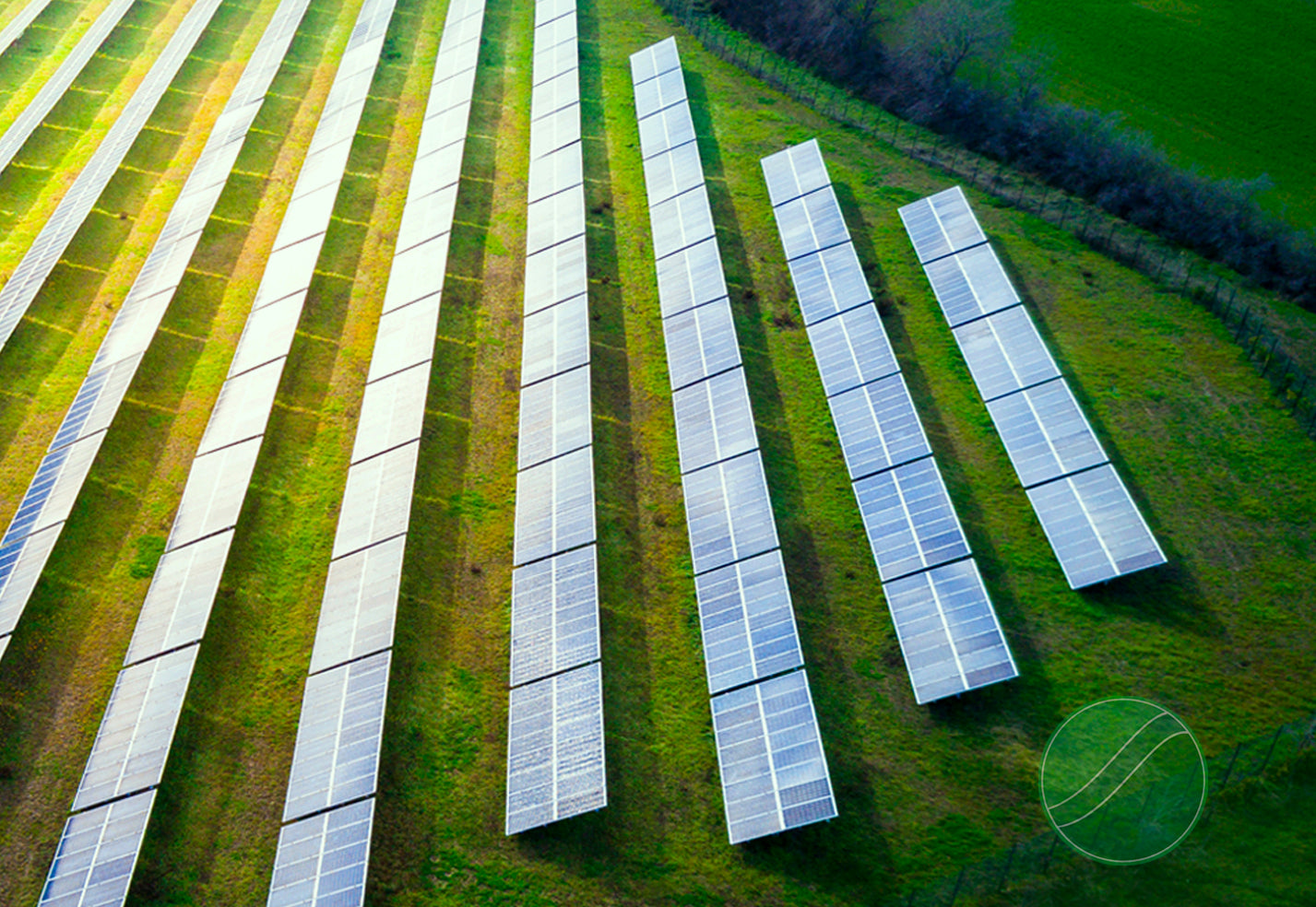As the world faces the urgent need to reduce carbon emissions, the agricultural sector is turning to alternative energy solutions to achieve carbon neutrality. Among these, solar power and battery-operated systems are emerging as key players in the transition to sustainable farming. Learn more about how these technologies can revolutionise agriculture, reduces in farming operations and paving the way for a greener more sustainable future.
The Power of the Sun: Solar Energy in Farming
Solar energy harnesses the sun’s power to generate electricity, providing a clean, renewable alternative to fossil fuels. In farming, solar panels can be installed on rooftops, open fields, or even integrated into greenhouses. Here’s how solar energy is transforming agriculture:
- Reduced Carbon Footprint: By replacing traditional energy sources with solar power, farms can significantly cut their greenhouse gas emissions, contributing to global efforts to combat climate change.
- Cost Savings: While the initial investment in solar panels can be substantial, the long-term savings on energy bills can be significant. Many farms see a return on investment within a few years.
- Energy Independence: Solar power allows farms to become more self-sufficient, reducing their reliance on external energy providers and increasing resilience to energy price fluctuations.
Battery Technology: Storing the Sun’s Energy
One of the challenges of solar energy is its intermittent nature—the sun doesn’t shine 24/7. This is where battery technology comes in, storing excess solar energy generated during the day for use at night or on cloudy days. Battery-operated systems offer several benefits for farming:
- Consistent Energy Supply: Batteries ensure a steady supply of power, essential for operations that require continuous energy, such as irrigation systems, refrigeration, and lighting.
- Grid Independence: With battery storage, farms can operate off-grid, reducing vulnerability to power outages and enhancing energy security.
- Load Shifting: Batteries enable load shifting, where energy usage is optimized by storing power during low-demand periods and using it during peak demand times, improving overall energy efficiency.
Applications of Solar and Battery Systems in Farming
The integration of solar and battery technology in agriculture is versatile, offering solutions for various farming needs:
- Irrigation: Solar-powered pumps can draw water from wells or rivers, providing an efficient and eco-friendly irrigation solution. Battery storage ensures irrigation can continue even when the sun isn’t shining.
- Greenhouses: Solar panels can power climate control systems in greenhouses, maintaining optimal growing conditions while minimizing energy costs and emissions.
- Livestock Operations: Solar energy can power ventilation, lighting, and automated feeding systems in barns, enhancing animal welfare and operational efficiency.
- Crop Drying and Storage: Solar-powered systems can dry crops and store them efficiently, reducing post-harvest losses and ensuring product quality.
While the benefits of solar and battery technology are clear, there are challenges to widespread adoption. High initial costs, technological limitations, and the need for specialised knowledge can be barriers for some farmers. However, with ongoing advancements and decreasing costs in solar and battery technology, these obstacles are gradually being overcome.
Governments and organisations are also stepping in, offering incentives and support programs to encourage the adoption of renewable energy in agriculture. As these technologies become more accessible, the vision of carbon-neutral farming is becoming a reality.
Solar farming represents a transformative approach to agriculture, combining the power of the sun with advanced battery technology to create a sustainable and resilient farming system. By embracing these alternative energy solutions, farms can reduce their carbon footprint, achieve energy independence, and contribute to a greener, healthier planet. The future of farming is bright, powered by the sun and driven by innovation.
